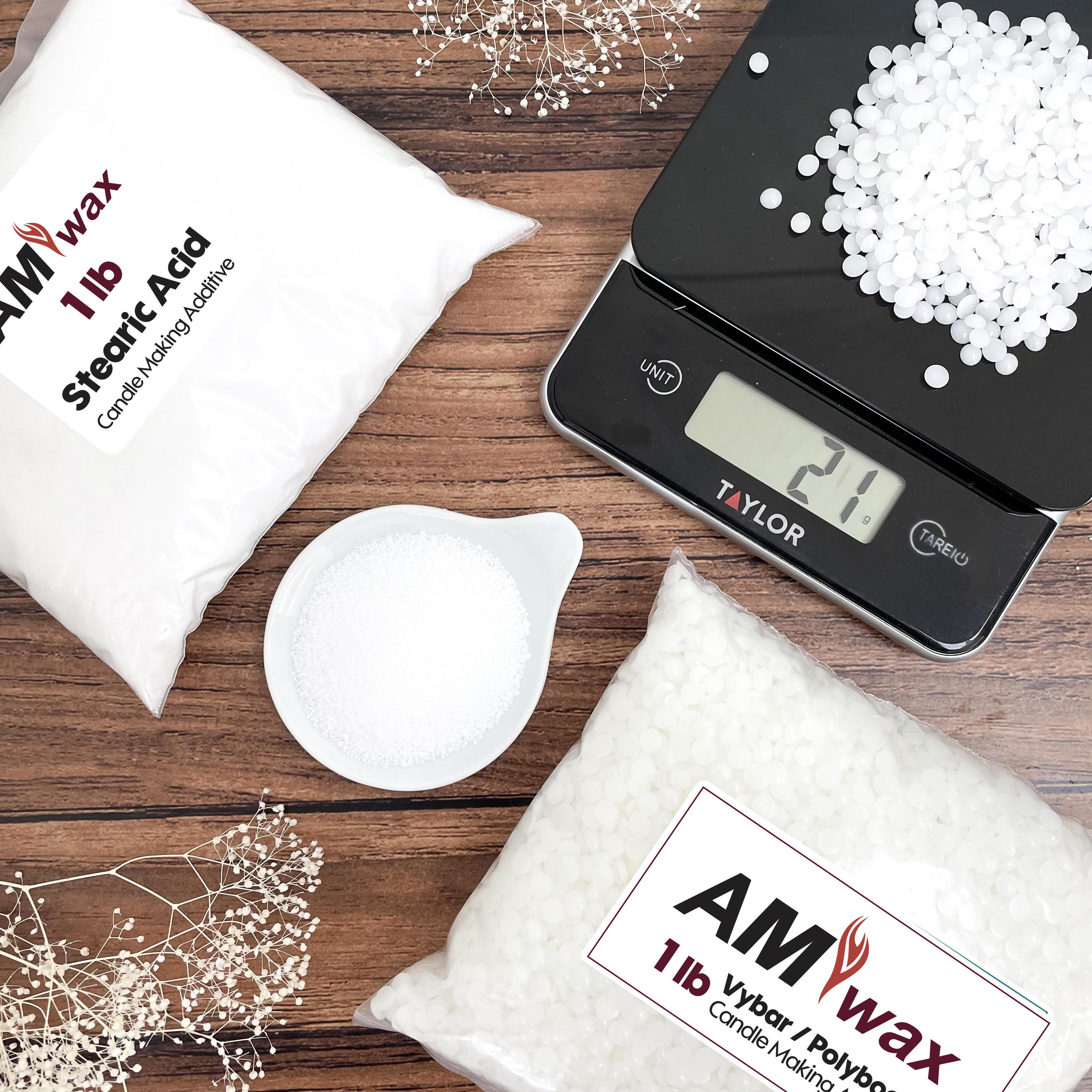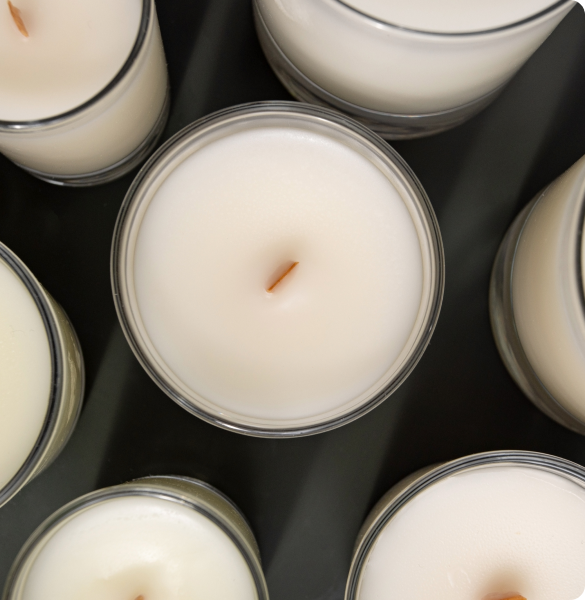Comprehensive ranges of wax solutions for the candle industry
Contact US
Dipped candles were first introduced by the Romans in 500 BCE using animal fats called tallow as the main component. This process didn't change for over a thousand years, until 1850, during the industrial revolution, when scientists successfully learned how to distill oil and separate petroleum from its waxy substances.
The introduction of paraffin wax caused a significant change in the market. Paraffin wax is a colorless, white/transparent wax that comes in solid and liquid form. It was more affordable to produce, easier to transport, and had several benefits compared to tallow candles.
Development of alternative waxes for candle making was introduced in the 1990s by blending hydrogenated vegetable oils to produce the first versions of vegetable wax.
Vegetable waxes, such as soy wax, have grown in popularity in the past decade because of their natural components.
The performance of soy wax in the candle making industry has several drawbacks. Soy waxes are less versatile than their paraffin counterpart due to problems such as shrinkage, frosting, and rejection of certain additives.
To combine the best of both worlds, soy blends were created. Our soy blends are a combination of natural soy wax and paraffin wax, and can achieve longer burning times, smoother and cleaner looks, and more efficient scent throw.
Benefits of Paraffin Wax in the Candle Industry
Paraffin wax provides manufacturers with versatility, cost efficiency, excellent scent throw, easy coloration, longer burn times, stability, and compatibility with additives. Furthermore, paraffin wax sets itself apart with its consistent nature, ensuring steadfast quality and minimal fluctuations between batches. These benefits make paraffin wax a supreme choice for candle wax production.

Paraffin Wax Is Found in the Following Candles:
- Pillars
- Tea Lights
- Votives
- Scented Candles
- Container Candles
- Religious Candles
- Wax Filled Container Candles
- Others

Benefits of Blended Wax in the Candle Industry
Our candle blends provide a multitude of benefits for manufacturers, ensuring an array of advantages such as improved performance, customization options, enhanced aesthetics, scent blending capabilities, cost efficiency, and environmental considerations. At Am Wax, we possess the expertise to craft high-quality candle blends tailored precisely to your requirements.

Ideal Qualities of Good Candle Wax
Scent Throw
High-quality candle wax should be capable of retaining and emitting a fragrance when the candle is lit, resulting in a pleasing and enduring aroma.
Clean Burn
Paraffin wax is typically white or colorless, which makes it a versatile material for a variety of applications where color is not desired.
Low Melting Point
Candle wax should have a low melting point to easily melt and release its fragrance when the candle is lit.
Stability
Candle wax must have a stable consistency that remains unaffected by temperature changes, avoiding becoming too brittle or soft.
Adhesion
For a candle to burn evenly and avoid tunneling down the center, the wax should adhere well to the wick.
Dye Compatibility
Candle wax should be compatible with various dyes to make candles in different colors.
Availability
Good candle wax should be readily available and affordable.
Ease of Use
Candle wax should be easy to work with, allowing easy pouring and mold release during the candle-making process.
Sustainable Sources
Sustainable sourcing of the wax is of good quality, making it environmentally friendly.
Candle Wax Applications
We Supply premium-quality wax that delivers superior performance in various wax application.

The candle waxes Am Wax produces undergo a comprehensive testing process to ensure qualities such as appearance, fragrance capacity...

Get started today
At Am Wax, our sales representatives are fully equipped to help you with your wax product needs. Get in touch!
Contact Sales